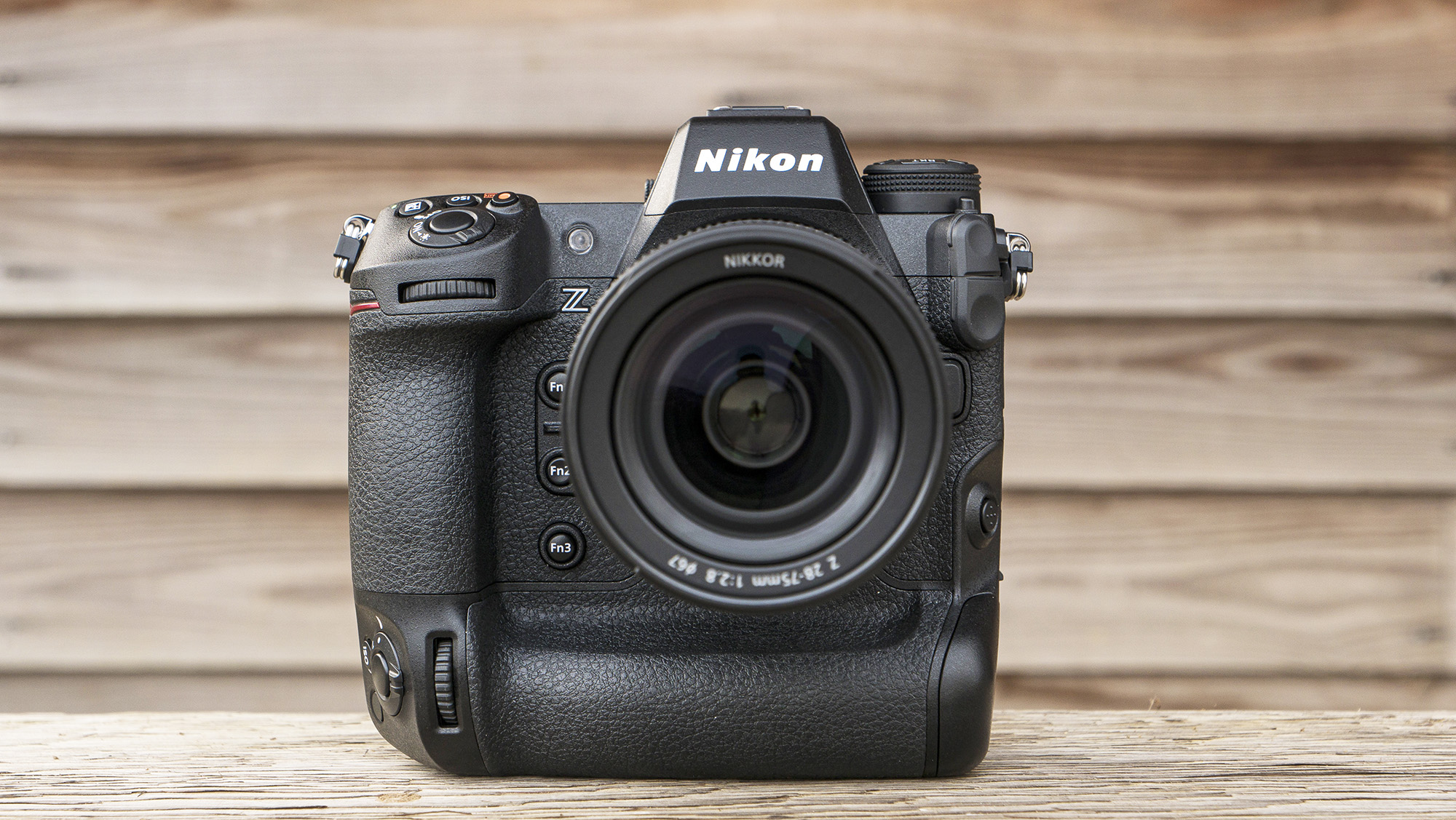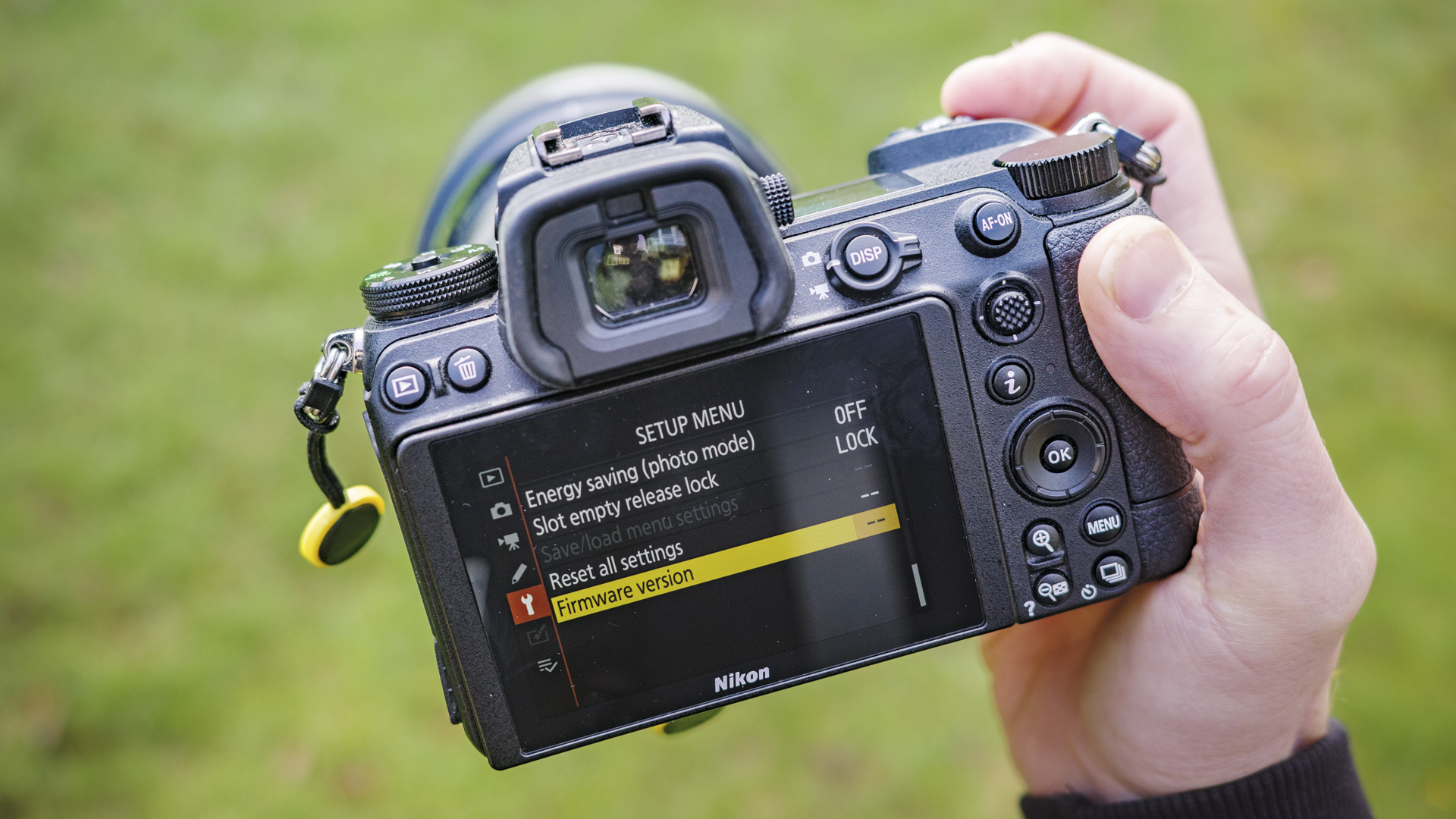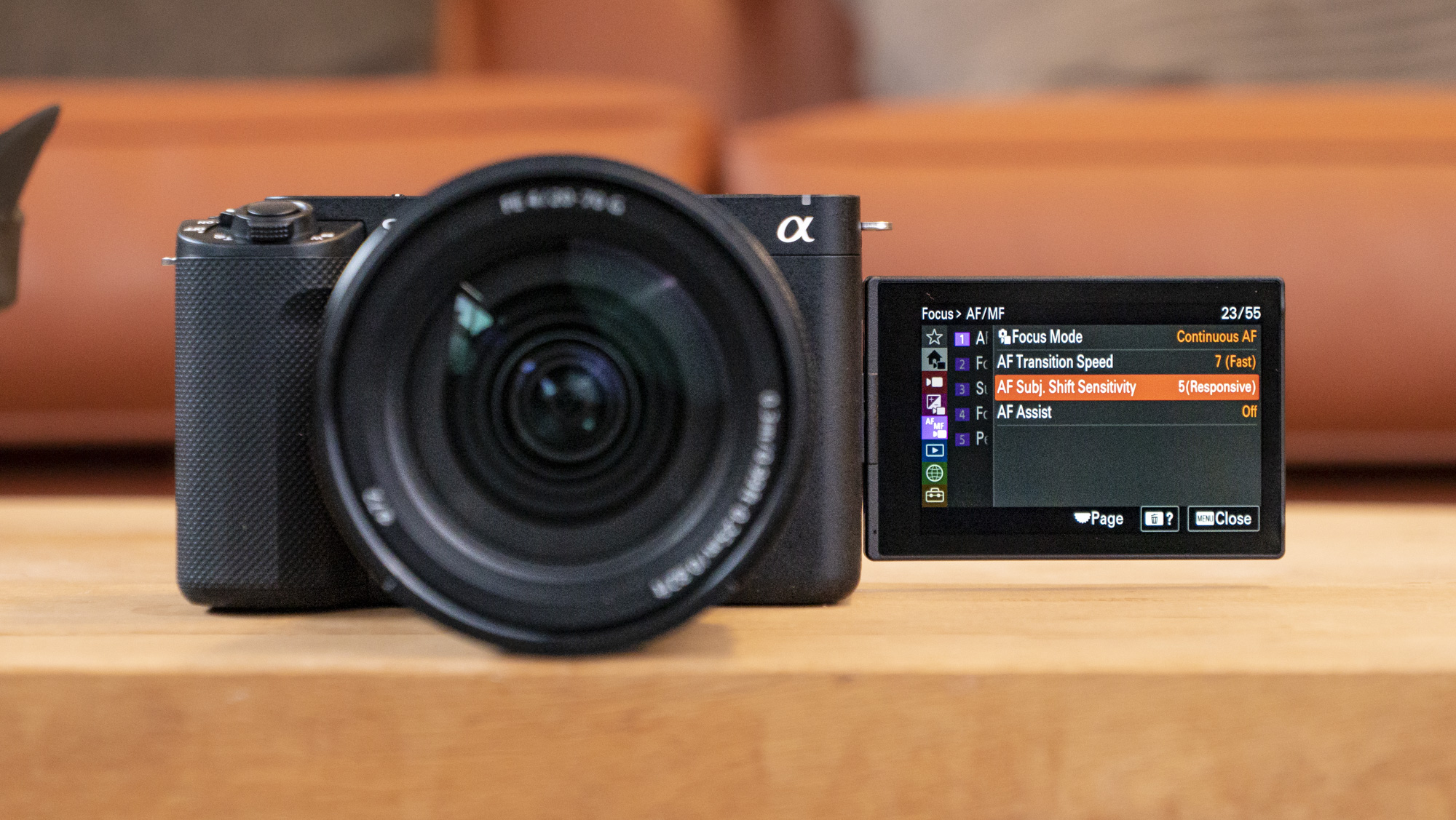
Today’s firmware updates for mirrorless cameras generally serve two purposes: fixing bugs missed during production and adding new features. The first should be obligatory, the second optional – after all, a customer purchases a camera on its current merit (assuming it’s bug-free), not for what product it could become. Yet, in a recent interview Nikon’s Head of UX Planning, Mitsuteru Hino says the camera giant seeks to “exceed our customers' expectations”, delivering new features in its mirrorless cameras.
We’ve already seen regular updates for most Nikon mirrorless cameras including the Nikon Z6, Z7, Z8 and Z9, plus more recently the Nikon Z fc at CP Plus 2024. For example, at the time of writing and two years after its launch, the Z9 professional camera is on firmware version 4.1 after three major firmware updates, although I'm still waiting for a major update for my Z6 II. We’ve seen new photo and video features being added such as bird and airplane subject detection AF, improved eye detection AF, higher video frame rates, pixel shift, plus updated UIs.
According to Mitsuteru in that same interview with Phototrend, he suggests Nikon’s firmware strategy is only going to get more hands-on and responsive going forward – delivering future updates that can breathe new life into existing cameras. It’s great news for current Nikon mirrorless camera owners, knowing that their camera experience is going to improve, within obvious hardware limitations, and currently at no extra charge.


A closer customer connection
Mitsuteru goes on to say: “Nikon has also changed its organization: firmware developers are now more exposed to customer feedback than before, so we can quickly reflect customer requests in these updates. Nowadays, because firmware developers can identify things that can be done, we don't have to wait for the next model to make improvements.”
Customer feedback is often the catalyst for change, highlighting issues missed in production and the needs that Nikon might not have noticed before, though there are obvious hardware limitations. Your camera’s sensor cannot magically gain pixels, nor can your processor increase in power – for that level of improvement your hopes are pinned on a future model. But UI-related requests can be implemented quickly and, just like a phone update, help prolong the life of your camera.
One such example of customer feedback relates to the Z9 – Nikon’s first mirrorless camera without a mechanical shutter. With no shutter, Nikon thought it shouldn’t make a shutter sound when a picture has been taken. Yet, in some scenarios, such as a portrait shoot, that audible feedback is helpful for the model, and so that function was added after customer requests.
Nikon isn’t alone in announcing firmware updates, but it is arguably the most active. And, with a new way of working in this area, the best Nikon cameras have a longer shelf life and customer experience should only improve.
Should we expect firmware updates?
It wasn’t always this way. In the film and DSLR days, Mitsuteru says that firmware updates were purely bug fixes. Regarding new features, all Nikon could say to customers was “that we would incorporate these changes into the next model” and you'd need to manually calibrate your camera with new lenses. That’s changed with mirrorless where support for new lenses is added in minor firmware updates.
Just because a camera company can improve its existing mirrorless cameras, it doesn’t mean that it will. For example, the recently announced OM System OM-1 II is undoubtedly one of the best wildlife cameras today, but its minor improvements have been derided as firmware update territory. In other words, the new features that include a neat graduated ND filter effect could have been added to the existing OM-1 via a firmware update, instead of launching a pricier successor.

It’s also commonplace to read customer complaints on forums regarding Sony’s inactivity in this area, especially when new models are launched with new and enviable features. Sony didn't help its cause by recently announcing a helpful new function of customizable grid lines and charging $149 for the pleasure. Whether camera companies should charge for firmware updates is a conversation for another day, and whether its customer complaints are merited in the first place is another matter – after all, Sony is an innovator that usually includes cutting edge tech from the get go.
The point is that companies don’t have to add new features for free to existing cameras but some, like Nikon, do so more often. And to those, we tip our hats.







